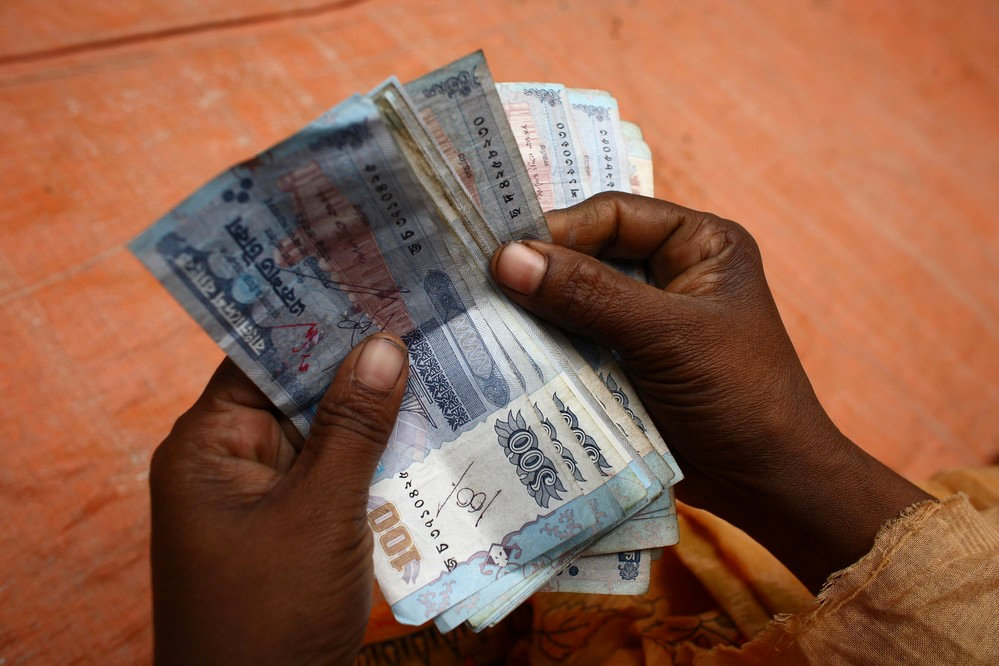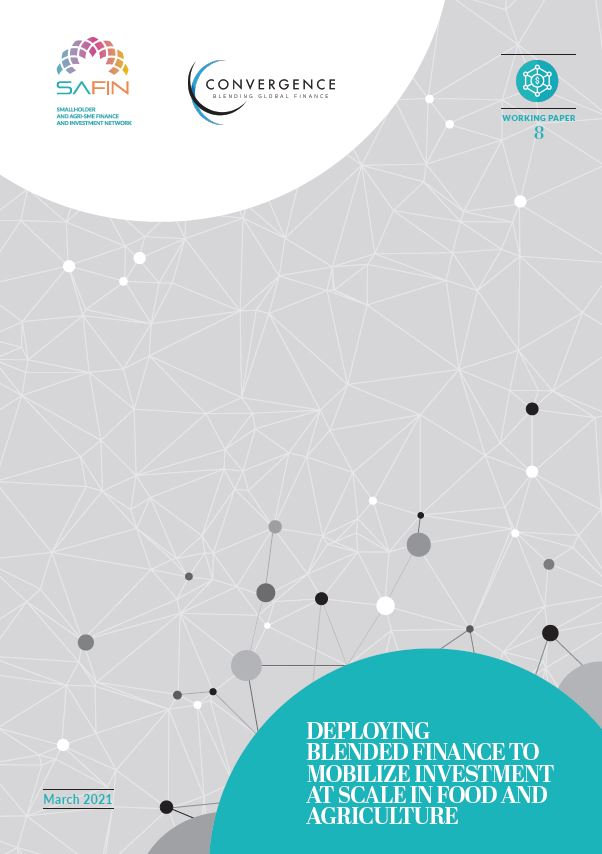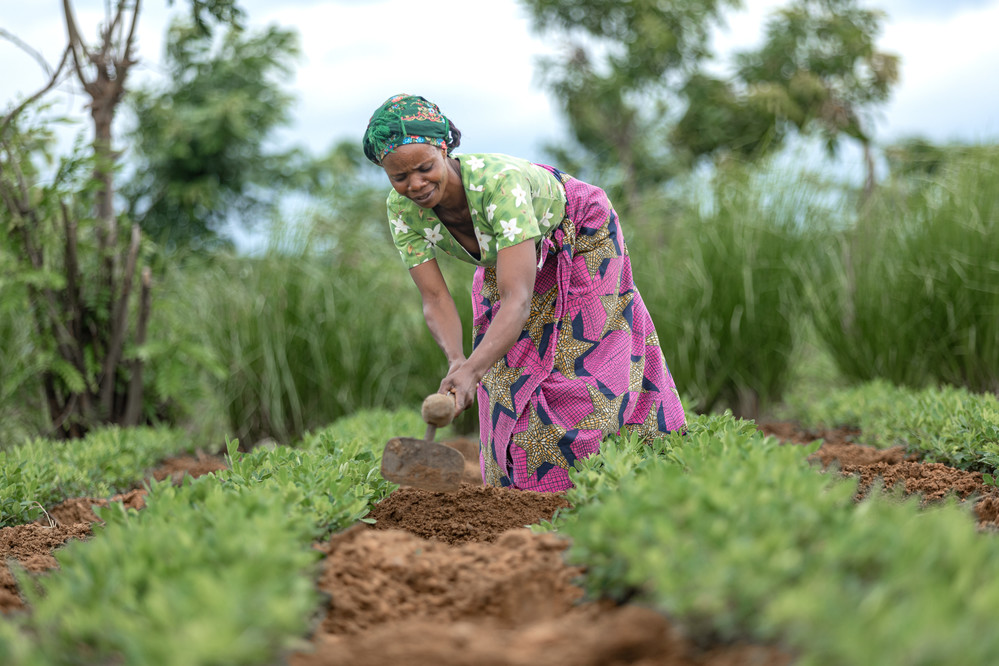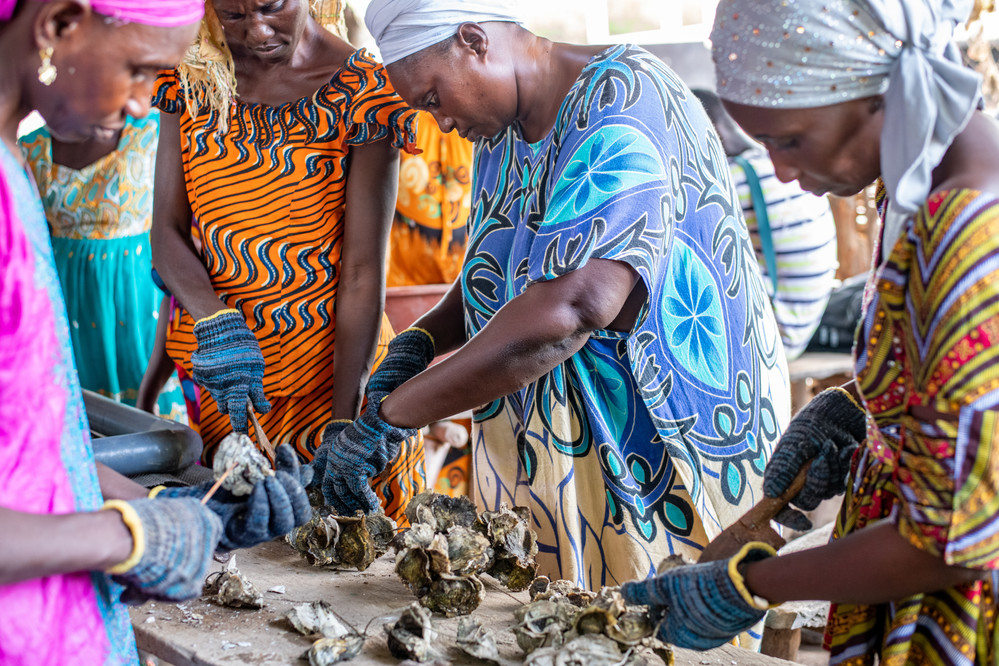When blended finance began to be an object of research and discussion within SAFIN back in 2017, network partners were driven by a mix of curiosity and skepticism. While our views on the topic differed, we agreed that there was not enough evidence out there to credibly speak about it. In particular, we felt a need to closely interrogate the rationale for the application of blending.
We also sought evidence about impact – not just in terms of finance flowing towards agri-SMEs and smallholder farmers but also of financial institutions changing their perception of investment risk or developing the capacity to serve these clients beyond the lifetime of a blended scheme. This search marked SAFIN’s contribution to a Dalberg study co-financed by AfDB, AGRA and DFID in 2017 and then a two-year collaboration with OECD and the IDB Innovation Lab in 2018-2020, focused around the OECD DAC principles for blended finance.

Photo: IFAD/G.M.B.Akash
Over three years, we produced several landscape analyses and case studies, hosted or co-organized several panels and regional workshops, and spoke in numerous events. Our contribution to the global debate on blended finance included identifying what types of risks associated with investment in agri-SMEs are more likely to be addressed through blending and illustrating a taxonomy of the most recurrent models in the sector.
The key learning point for me during this entire period was the need to design more blended finance transactions with intended impact beyond a specific vehicle, deal, or number of agri-SMEs funded. The evidence we collected suggested that many of the risks underlying the application of blending are market-level risks, rather than a company or financial intermediary-level only. Blending for deal-level impact is thus bound to have limited impact – both in terms of scale and in terms of sustainability.
The desire to think about blended finance for agri-SMEs from a perspective of scale and market-level impact is what drove a collaboration with Chris Clubb and Regina Rossmann at Convergence in the second half of 2020, culminating in a report recently released by SAFIN. The report recognizes that there is scope to increase the application of blending in this sector, and it notes some challenges that the structure of the sector brings when seeking standardization of blended transactions, portfolio aggregation, and financial scale.
The tension between pursuing depth of market impact – reaching down to hundreds of millions of small-scale farmers and agri-SMEs – and achieving such standardization and financial scale is a central thread in the document. However, as authors we suggest that this tension can and must be navigated, and we identify four types of blended solutions with significant potential to reconcile this tension and to impact on at least some market factors underpinning investment risk. While we affirm the need to continue to experiment and invest with a clear learning agenda in blended finance, we also argue that some recommendations for action in pursuit of scale and standardization in the sector can already be articulated.
In the upcoming months, the SAFIN team and interested partners will socialize the findings and recommendations of the report among financial institutions and development partners from emerging countries and the OECD. We will conduct some further research – particularly around rating agencies’ approaches to grading investment vehicles in food and agriculture, and explore a call for proposals to identify “best in class” vehicles with significant investment needs and large-scale potential both for financial mobilization and development impact.
Read the report
Learn more about SAFIN’s work in blended finance and agriculture
Read other related publications


